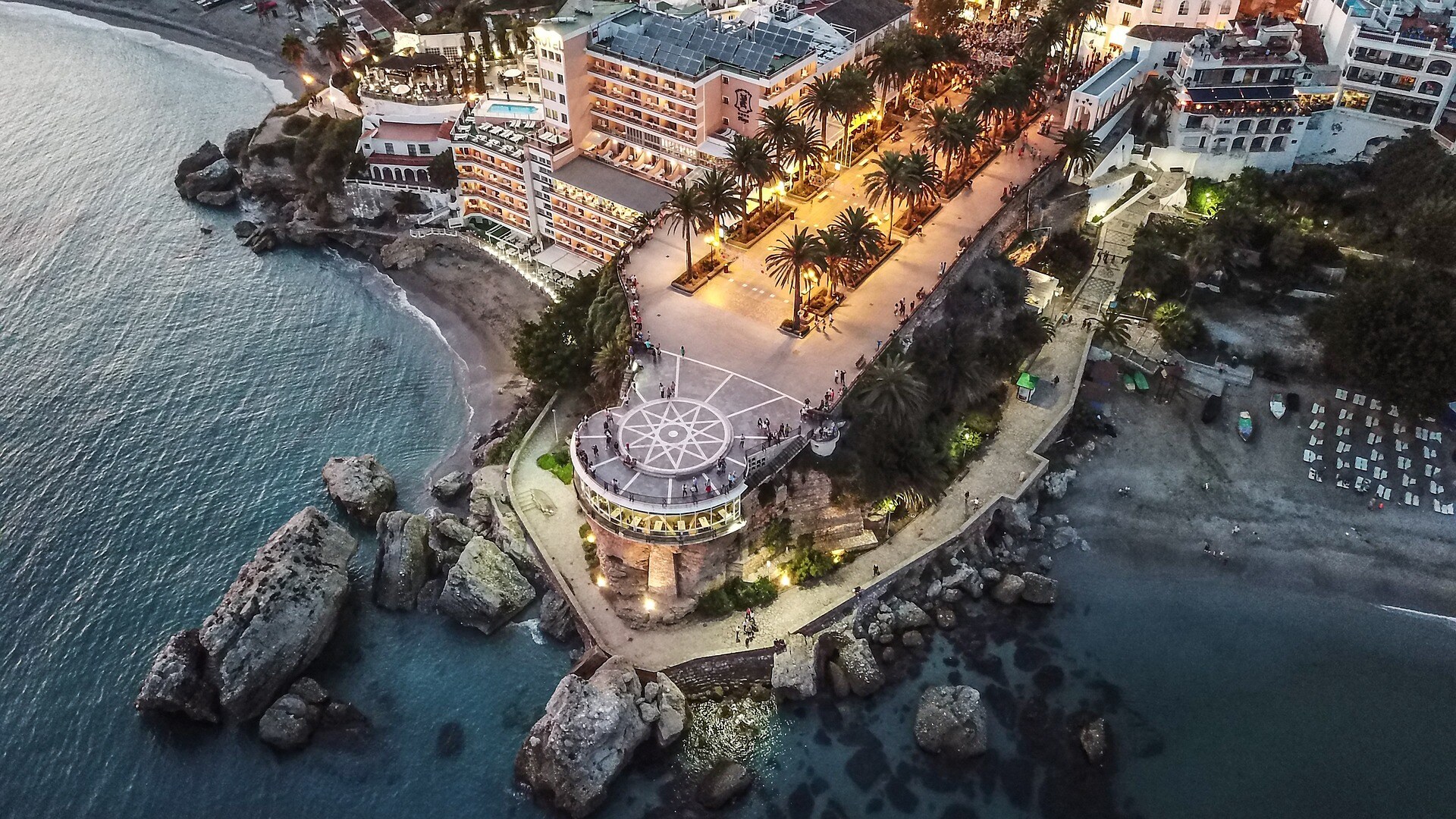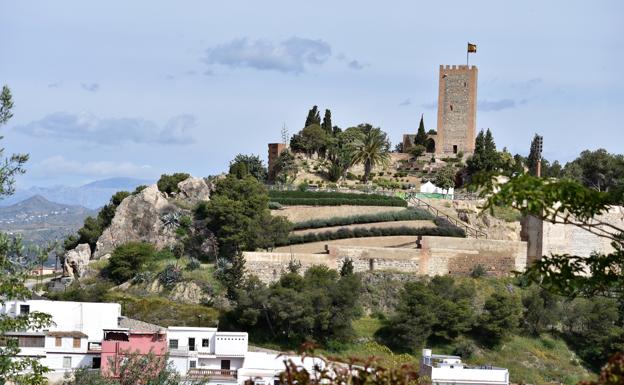Spain's La Axarquía: mountain or sea view?
Ever wondered where you can get undisturbed panoramic vistas of both the Andalusian countryside and the Mediterranean coast? Head to the eastern side of Spain’s Costa del Sol to get both
jennie rhodes
AXARQUÍA
Tuesday, 22 November 2022, 15:41
Wherever you are in the Axarquía; the eastern side of the Costa del Sol, you are spoilt for views. Whether you prefer mountains or the coast, the choice is yours and more often than not you don’t even have to decide which, because you get both anyway.
From the town of Rincón de la Victoria, the first town in the Axarquía outside of Malaga city, to Maro, at the far end of the province, there are dozens of coastal viewpoints looking towards the horizon and on a clear day you might even spot the mountains of Morocco.
If you take a drive into the inland white villages of the Axarquía, La Maroma, Malaga’s highest mountain at 2,064 metres high will provide you with a spectacular backdrop and each and every village has a balcony, viewpoint or square that overlooks the vineyards, olive groves and vast expanses of one of the most rural parts of Andalucía.
Steeped in history and the horrors of the Spanish Civil War that unfolded along the spectacular N-340 coastal road which runs from Malaga city to the small town of Maro; the last point on the Costa del Sol before it gives way to Granada province and the Costa Tropical, a drive along it is well worth doing.
There are points where the road is so close to the sea that it can feel like you’re almost driving along the beach. It passes through tiny fishing villages and then areas where it’s just you, the sea and the cliffs.
At the point where the towns of La Cala del Moral and Rincón de la Victoria meet along the N-340, is El Cantal Bajo, an area of small cliffs that was once part of a railway with tunnels that were dug for the train in the early 20th century that ran from Malaga city to Zafarraya, on the border with Granada province. The train is long gone but the tunnels remain and they form part of a beautiful coastal walk that shows off some of the most stunning sea views along the Axarquia coast.
Heading east on the N-340 towards Torre del Mar, looking down over the small village of Almayate is the ‘Peñon del Toro’, so called because it’s home to one of the 92 iconic black bulls left behind by the Osborne brandy advertisement which goes back to 1956. The climb is not easy, but well worth the effort for the 360-degree views of the Axarquía.
Balcón de Europa in Nerja

One stop that is a must on any visitor’s itinerary is the Balcón de Europa in Nerja. This is undoubtedly the best known of all the viewpoints along the Axarquia coast.
What is not so well known is that the balcony was once a fortress. Its origins can be traced back to the Al-Andalus period, although few traces remain from that era. In 1812, it was almost entirely destroyed by the British army during the War of Independence.
Years later it was converted into a lookout point, which King Alfonso XII christened during a visit in December 1885. On seeing its spectacular views, the king claimed that he was on the 'Balcony of Europe’ and the name stuck.
The last viewpoint on the Axarquía’s coastline is the Torre de Maro viewpoint. This watchtower is located on a hill to the east of Maro beach and offers views to the right of the Axrquía’s coastline and to the left you get the first glimpse of the Costa Tropical’s first beach, La Herradura (the horseshoe), so called because of its perfectly curved bay.
Starting to head inland, Vélez-Málaga’s fortress, which crowns the old town, was of great strategic importance during Andalucía’s Islamic period. The castle was built in the 10th century and communicated with other fortresses in the area, such as Bentomíz and Comares, to warn of enemy invasion, thanks to its undisturbed views across the Axarquía.

La Maroma
Heading north of Vélez-Málaga along the A-356, the views of the Mediterranean give way to the mountains and the vast expanses of mango and avocado plantations, which as you wind higher up towards la Maroma the land becomes more rugged, the lush subtropical fruits are replaced by the traditional crops of olive and almond trees as well as vineyards.
Stop in villages like Periana for views of the Axarquía’s La Viñuela reservoir from Mirador de la Peña or Plaza de Andalucía. Further up, the village of Comares is known as ‘the balcony of the Axarquía’. Its white houses can be seen from the coast and could be mistaken for snow on the top of a mountain in winter. Its situation offers the panoramic views that give it its nickname.
The village of Alfarnate, at 900 metres above sea level is the highest in the eastern Costa del Sol and is known as ‘The Alps of the Axarquía’. Here the landscape is rugged, the air cooler and the views over towards Granada province are spectacular.
For the ultimate view, anyone with a head for heights and with mountaineering experience will not do better than to reach the summit of La Maroma. Feeling like you’re on top of the world, the views over Malaga and Granada provinces are unbeatable.
It really doesn’t matter where you are in the Axarquía; just stop and look around you. Be it late winter and early spring when the almond trees are in blossom, or at sunset during the long summer months when the Tejeda, Almijara and Alhama mountain range provides a pink backdrop to the coastal towns of Torre del Mar, Torrox and Nerja, the views really are unbeatable.
